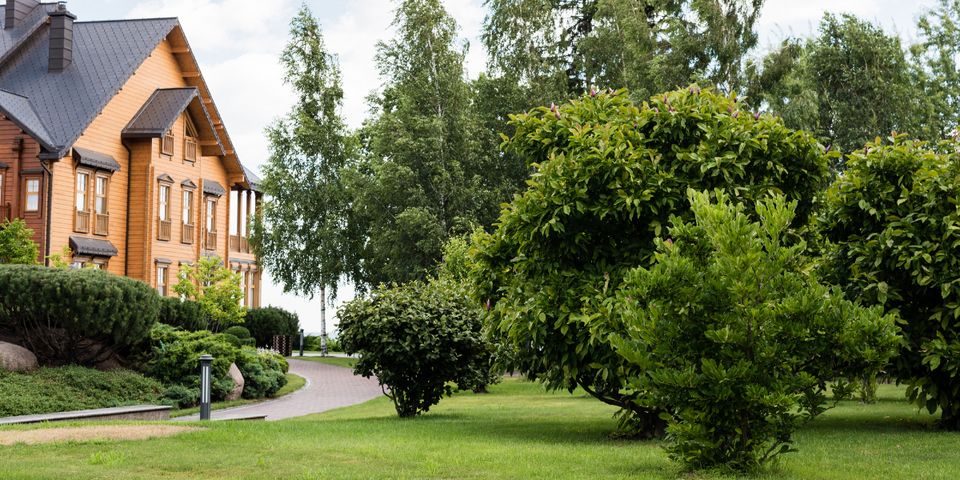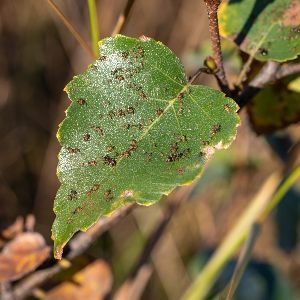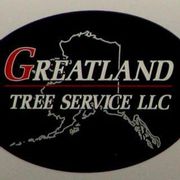
Pests can inflict harm on your property’s trees, causing problems such as wilted leaves and internal damage that compromises structural stability. A combination of professional tree services and DIY care identifies and eliminates infestations to prevent further damage. Learn more about common tree pests and infestation signs here.
How Can I Check for Tree Pests?
Types of Harmful Insects
Tree pests differ depending on the part of the country you reside in. If you live in Alaska, for example, your woody perennials are vulnerable to insects such as spruce beetles, birch aphids, and giant conifer aphids. Spruce beetles are ¼ inch long with black heads and blackish-brown, cylindrical bodies. They infest white, black, and Lutz spruce varieties, as well as Sitka trees, taking up residence between the bark and underlying wood. The beetles consume phloem, or tissue that moves the photosynthesis-produced sugar from needles into other parts of the tree for energy use.

Birch and giant conifer aphids are dull green and red, respectively, with long legs and antennae. The birch pest is about ⅛ inch long, while its ‘giant’ counterpart is 5mm long. Both insects suck leaves and shoot sap from their “hosts,” and secrete honeydew that causes sooty mold to develop on affected trees.
Signs of Pest Damage
If your trees have a spruce beetle problem, you will notice needles that turn yellow, then red before falling off. You might also see boring dust, a type of fine wood dust from the insects boring into your evergreens, or “pitch tubes” that are a mix of boring dust and tree sap at pest entry sites.
Aphid infestation signs include the dark-colored mold from honeydew secretions. Since ants feed on honeydew, they might be present as well. Tree leaves turn yellow and die from aphids sucking out their sap.
What to Do if You Suspect a Problem
Note the signs of pest problems in your trees and immediately contact your local tree service. Depending on the severity of the infestation and the resulting tree damage, spraying with insecticidal soap and removing hazardous branches may be enough to eradicate the issue. If the trees are badly damaged, removal services are best to prevent the infestation from spreading to healthy towering perennials.
For quality assistance that deals with infestations efficiently, contact Greatland Tree Service in Anchorage, AK. The local tree service team provides a full suite of maintenance and removal services and is part of the International Society of Arborists (ISA). Call (907) 336-8733 today to make an appointment or learn more about services online.
About the Business
Have a question? Ask the experts!
Send your question

